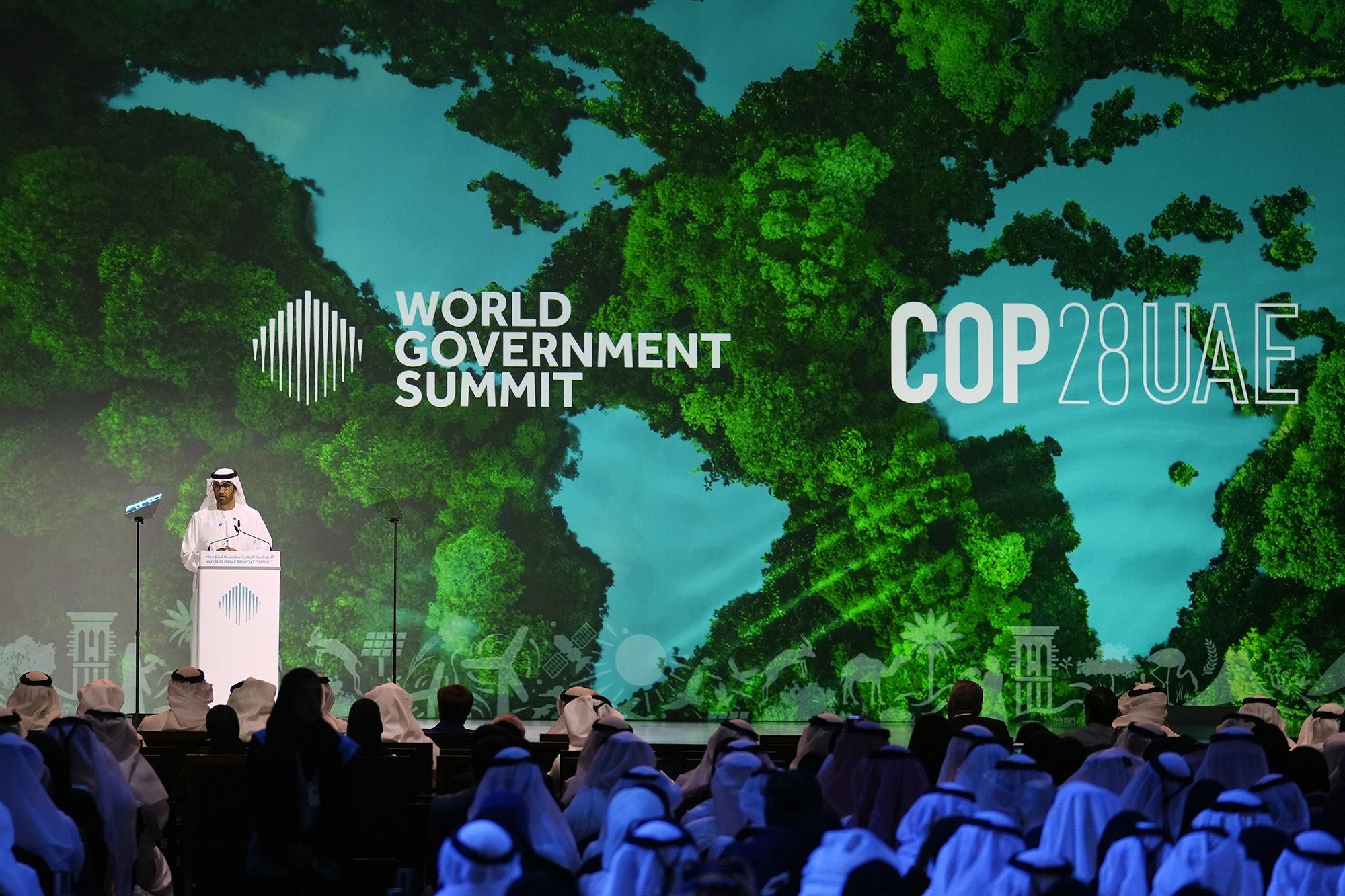India–US Trade Tensions Rise Over Steel and Auto Tariffs NMDC Limited reports a 38% drop in Q4 FY24 consolidated net profit RINL to Raise $23 Million Through Land Sales Amid Crisis

As a developing nation that’s also the world’s third largest greenhouse gas (GHG) emitter, India’s position always sparks curiosity at the annual climate change summits. For starters, pitching itself as a voice for the “global south" is sometimes at odds with its current contributions to global warming. Vulnerable island states find this fact hard to ignore; so do developed nations that dislike being made global punching bags over the crisis. How is it to be in the middle?
During the 28 United Nations climate change summits (COPs), the most recent of which ended in Dubai last week, India’s approach has largely been pragmatic, meant to ensure that the burden of action doesn’t fall unfairly on developing countries. Right at the first summit in 1995, it advocated for allowing developing nations leeway on emissions to support growth, while making industrialized ones cut theirs. In 1997, New Delhi supported the Kyoto protocol that asked advanced nations to cut emissions.
India consistently shows intent to engage in global efforts to protect climate from further decay, but also stresses the need to not blink on economic growth and poverty reduction, which it says will need high energy use. While this global positioning is important to safeguard its interests, India is quietly getting ready to deflect blows as the next-generation punching bag. It aims to achieve 500 GW renewable energy capacity, and also has pledged to reach 50% of its cumulative electric power capacity to come from non-fossil fuel sources, both by 2030.
India and fossils
Fossil fuels were at the centre of COP28 debates, with India for long trying to shape what COPs say—and don’t—on the matter. The landmark "Global Stocktake" draft released in Dubai emphasized “transitioning away" from fossils and “accelerating efforts towards the phase-down of unabated coal power". This, instead of seeking a “phase-out", particularly benefits India, a strong advocate for an equitable approach to fossil fuel cuts. Still in its development path, India heavily relies on coal, consistently objecting to singling out the fossil fuel in future plans. India’s emissions have climbed as it has prospered rapidly, explaining its reluctance. The historical culprits behind emissions have gradually reduced their shares; China and India have risen—that’s at the heart of India’s tricky position.
The second stance that raised eyebrows at COP28 was India’s refusal to sign a deal, a version of which it had itself championed in the G20 summit three months ago. The September deal had endorsed a plan to triple global renewable energy capacity along with doubling energy efficiency by 2030. At COP28, India opted out of a similar pact even though it is on track to achieve its renewable energy goals well ahead of the deadline. However, this has been attributed to other parts of the same deal that didn’t go India’s way.
Also Read :